Liverpool and Manchester Railway

The opening of the Liverpool and Manchester Railway in September 1830 marked the dawn of steam-powered rail travel. Prior to its construction, most railways were horse-drawn and used to haul freight such as coal over short distances. The 31-mile railroad linking Liverpool and Manchester was the first to carry both passengers and freight by means of steam-powered locomotives, which were designed by George Stephenson, winner of the railroad’s open design competition. Capable of traveling 30 miles per hour, Liverpool and Manchester Railway trains carried more than 500,000 passengers in the first year of operation, resulting in generous dividends to investors. Carrying cotton from the port of Liverpool to the mills of Manchester, the railroad spurred the development of England’s Industrial Revolution, and its legacy lives on as the distance between the Liverpool and Manchester’s rails chosen by Stephenson—4 feet, 8.5 inches—remains the industry’s standard gauge.
Baltimore & Ohio Railroad
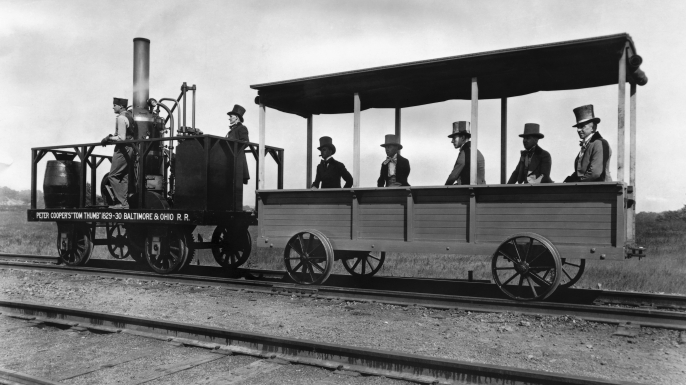
In order to compete with the commercial boom experienced by New York City following the construction of the Erie Canal, leaders of the rival port of Baltimore proposed a 380-mile rail line linking the city with the Ohio River in Wheeling, West Virginia. In 1827, the Baltimore & Ohio Railroad became the first American company to be granted a charter to transport both passengers and freight, and it was the first American railway to employ steam locomotives to carry both passengers and freight on a regular schedule. President Andrew Jackson became the first commander in chief to ride the rails when he boarded a B&O train running from Ellicott’s Mills to Baltimore in 1833.
Panama Railway
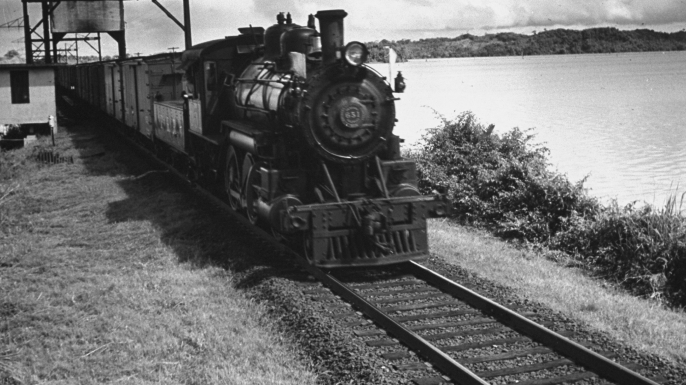
Rail tracks linked the Atlantic and Pacific Oceans for the first time when the Panama Railway was completed in 1855. The 50-mile railroad eased the arduous journey across the Panamanian isthmus for passengers who traveled by sea between the East and West Coasts of the United States, and it became popular with the tens of thousands of prospectors seeking riches from the California Gold Rush in the years before the completion of the transcontinental railroad in the United States. The Panama Railway, which transported cargo for steamship companies as well as U.S. mail, was the most intensively used freight rail line until the 1914 opening of the Panama Canal, which followed nearly the same route across the isthmus.
Lincoln Funeral Train

After departing Washington, D.C., on April 21, 1865, the black-draped train bearing the coffin of Abraham Lincoln spent nearly two weeks winding its way through 180 cities and seven states before reaching the assassinated president’s burial site in his hometown of Springfield, Illinois. The need to keep Lincoln’s body preserved on the 13-day journey as hundreds of thousands of Americans paid their respects helped popularize the nascent industry of funeral embalming, and it also served as a publicity boon for George Pullman, who lent the use of his new, luxurious sleeping cars for the comfort of passengers traveling from Chicago to Springfield on the “Lincoln Special.” After Lincoln’s burial, orders took off for Pullman’s sleepers, which featured polished black walnut interiors, chandeliers and marble washstands and made overnight travel much more enticing for passengers.
Metropolitan Underground Railway

The railway age reached new heights when trains began to operate at unprecedented depths below the streets of London on January 10, 1863, with the inauguration of the Metropolitan Underground Railway. The world’s first subway operated on a four-mile-long line connecting Paddington Station with the city’s financial district and was a hit from its opening day when it carried more than 30,000 passengers who rode in gas-lit wooden carriages hauled by steam locomotives. The London Underground proved the effectiveness of mass transit and eased the horse-drawn traffic congestion that was clogging the streets of the British capital and stifling its prosperity.
Transcontinental Railroad
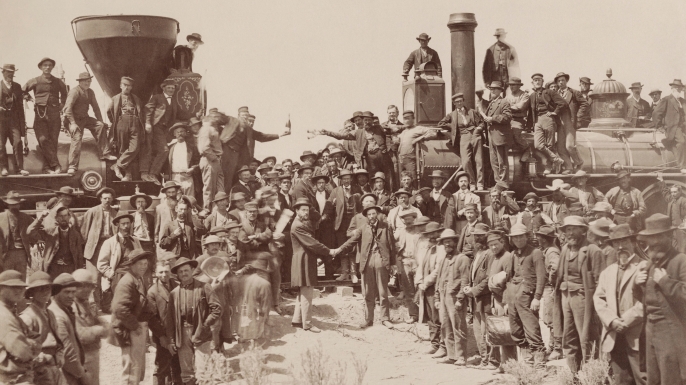
The United States truly became united when a sledgehammer pounded a ceremonial golden spike into the ground of Promontory, Utah, on May 10, 1869, to complete the country’s first transcontinental railway. Constructed over the course of seven years with the Central Pacific Railroad building east from Sacramento, California, and the Union Pacific Railroad building west from Omaha, Nebraska, the transcontinental railroad slashed the travel time for the 3,000-mile cross-country journey from months to less than a week. The transcontinental railroad contributed to the rapid westward expansion of the United States, bringing with it the rise of the Wild West and wars with Native American tribes who lived on those lands. It also made it economically feasible to extract the abundant resources of the West and transport them to the markets in the East.
Trans-Siberian Railway
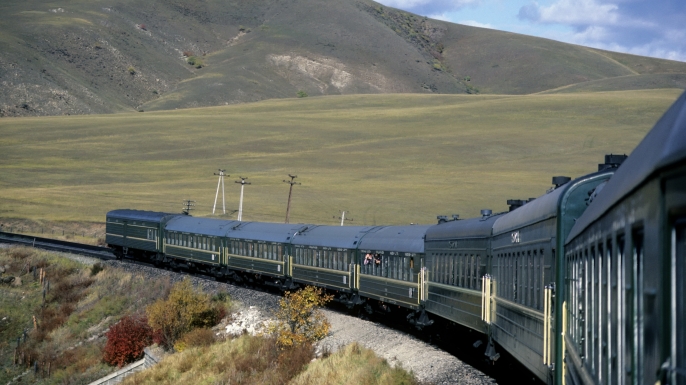
Spanning eight time zones and 6,000 miles across treacherous sub-arctic terrain, the Trans-Siberian Railway was the longest and most-expensive railroad ever built when it was completed in 1916. By shortening from months to just eight days the time it took to travel from Moscow to Vladivostok, the Trans-Siberian allowed for greater government control over the world’s largest country. The project required so much money that it led to economic shortages and inadequate weaponry for the Russian military in World War I that contributed to the Russian Revolution in 1917. The Communists used the railroad to consolidate power during the civil war that followed the Russian Revolution and to rush fresh soldiers to the battlefront during World War II. The railroad sparked eastward migration and also permitted the movement of coal, lumber and other raw materials from Siberia to Russia’s major cities.
Holocaust trains
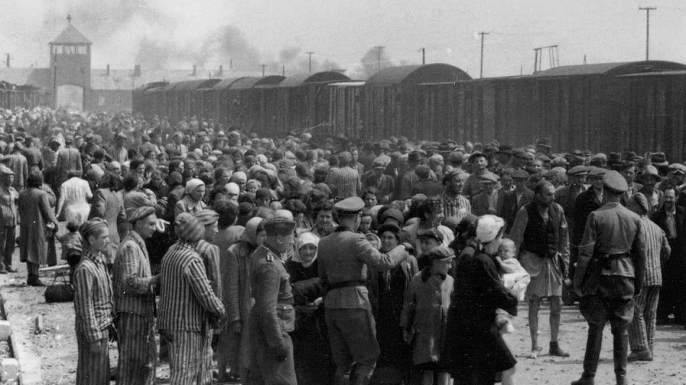
During World War II, the German National Railway oversaw the forcible deportation of Jews and other Holocaust victims from Nazi ghettos to concentration camps such as Treblinka and Auschwitz where six million people were systematically murdered. Deported Jewish people were herded so tightly into freight cars and cattle cars without food or water that many died even before arriving at the concentration camps. The Nazis could not have carried out the genocide on such a horrifying scale without the use of railroads, as Holocaust architect Heinrich Himmler alluded to in a January 1943 letter to the Nazi minister of transport: “If I am to wind things up quickly, I must have more trains for transports.”
Tōkaidō Shinkansen
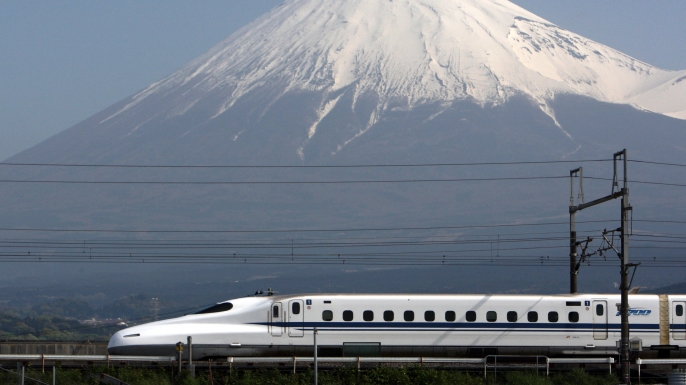
Train travel entered a new era with the completion of a high-speed rail line between Tokyo and Osaka that sliced in half the travel time between the two cities. Opened just before the 1964 Summer Olympics in Tokyo, the shinkansen (Japanese for “new main line”) streaked at speeds of up to 125 miles per hour. The pioneering bullet train served as a symbol of Japan’s reconstruction as a post-war industrial power and, after carrying 100 million passengers in the first three years, demonstrated that high-speed rail could be a commercial success. The engineering for the Tōkaidō Shinkansen—which included dedicated tracks, no level crossings and no sharp curves—served as a template for future high-speed rail projects around the globe.
Eurostar
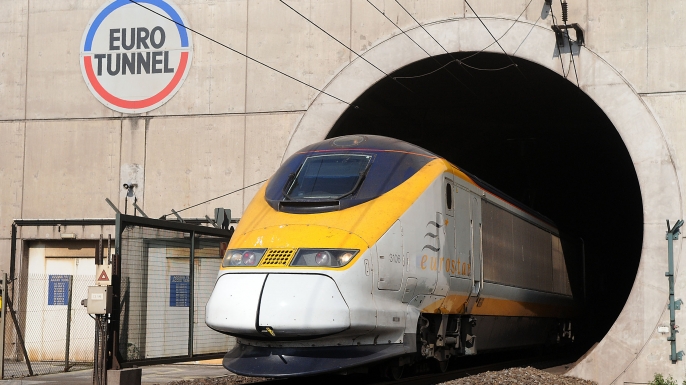
When a rail tunnel under the English Channel opened in 1994, Great Britain was linked to the European mainland for the first time since the Ice Age. Built at a cost of $16 billion, the 31-mile tunnel between Folkestone, England, and Coquelles, France, allowed Eurostar passengers to travel between London and Paris in just two-and-a-half hours and without the need for ferry transport. Nicknamed the “Chunnel,” the world’s longest undersea tunnel was named one of the Seven Wonders of the Modern World by the American Society of Civil Engineers.